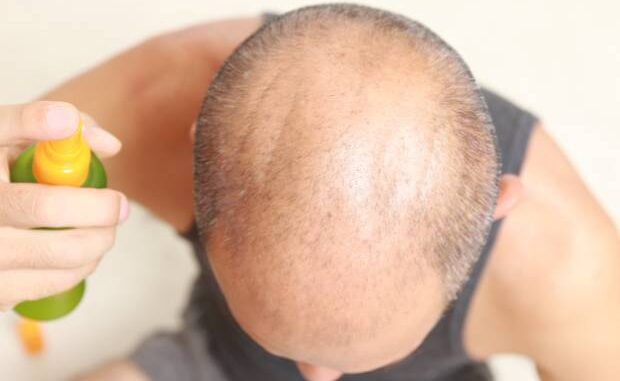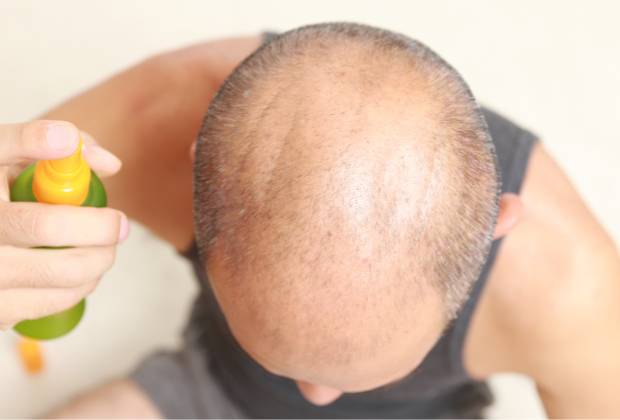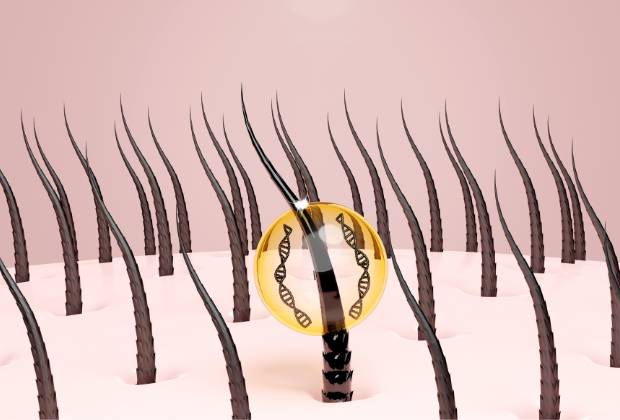

So, you are losing more hair than regular; you are noticing a receding hair line or an obvious bald spot and now you are worried that you might go bald in no time. People around you start suggesting all kinds of home remedies and there are also those who tell you that a transplant would be the only way out. Before you hit the panic button, it is essential to remember that there are plenty of non-surgical hair restoration options that you can explore, because a transplant is often the last suggestion given even by transplant surgeons themselves. It is also important to note that a transplant is not meant for everyone – just because you are losing hair does not make you an ideal candidate for a transplant.
If you are losing hair and that is becoming a cause of worry to you, it would be prudent to first visit a hair expert – when you visit them, they will first conduct a thorough examination of your hair and scalp, take notes on any medical conditions that are ailing you, any medications you are on, ask you a little about your family history and your dietary and other habits. All this will be done to understand what could be causing your hair loss, because only post that will they be able to offer you a proper course of action.

Here are just some of the suggestions they might give to you, before even considering a hair transplant, because even for hair experts, that is often the last step:
- Your diet and hair care choices– Many a times, the way you take care of your body and hair could lead to hair loss, which could easily be avoided. While a PRP for hair treatment might seem like a great way to control hair loss, there is a chance that it could be handled in a lot simpler way – when you meet a doctor, they will ask you about your diet and in case you are missing essential nutrients in your diet, they will ask you to change the same. Once you have a nutritionally rich diet, you will start to notice an improvement in your hair loss. Same goes for hair styles and hair care – hair loss could also be happening due to very tight hair styles, chemical-based hair products and styling tools that use high heat. Once you keep away from all these too, you could notice a reduction in hair loss and better hair growth.
- Topical solutions and medications – From nutritional supplements, to topical ointments and medications, there are several first stage treatments that your doctor might suggest to you. These could vary from the inclusion of nutritional supplements such as biotin, iron, zinc and multi vitamins to application of topical ointments like minoxidil. While vitamin supplements and topical lotions like minoxidil might be available as over the counter drugs, it is better that you talk to a doctor before starting off on any of these. With Finasteride, which is an oral medication, a doctor’s prescription is a must.
- Low level light therapy – LLLT is fast emerging as one of the most popular non-surgical hair restoration methods, because it is completely non-invasive, virtually pain free and is known to show reasonably positive results. Using a handheld device or a larger machine, a low intensity light is directed to the scalp – the procedure that was introduced in the 1960s allows the light to enter the epidermal stem cells and that instigates the growth of cells, leading to improved hair growth. When the procedure has been done properly, it can stimulate the re-entry of hair into the anagen phase and elongate the time period in which a hair stays in the same phase. It can also help stimulate the increase of hair growth and reduce the entry of hair prematurely into the catagen phase.
- Scalp micropigmentation – Commonly known as SMP, this is a procedure that uses needles, similar to PRP for hair treatment, but in a different manner. Imagine tattooing your scalp – by tattooing several dots onto your scalp, experts will be able to create a sense of fullness. This however, is a process that tends to work better for men and that too those who keep a close-cut hair style. The colour of the pigment used will be kept as close to the natural colour of your hair to make it look natural. This procedure is a good option for those who have lost hair due to a trauma or medical procedure and need a cover up till the natural hair grows back in.
- Microneedling – This is considered one of the most effective and minimally invasive methods to help improve hair growth – as a matter of fact, some version of this therapy has been in existence for a long time. The body has a natural mechanism to heal itself – when we cut open our skin or have our skin grazed off, over time, new skin grows on top of it and as long as the wound was not a really deep or big one, there are no scars left either. Microneedling intentionally bruises the skin and then forces the body to jump into repair mode, by instigating the production of new cells in the body. The scalp is subjected to really small puncture like wounds and the cells that are present just under the scalp are able to signal hair follicles for new growth.
PRP – In the past few years, PRP for hair treatment has become extremely popular, mainly because of the efficacy. Platelet Rich Plasma therapy has been used in sports medicine for several years, but its entry into the world of hair restoration has been comparatively recent. The process is fairly straight forward – a small amount of blood is extracted from your body and placed into a centrifuge. Through the action of the centrifuge, the components of the blood are separated and the platelet rich plasma, which is now a growth boosting serum, is carefully injected back into your scalp.

Welcome to MithilaConnect, where we curate the art of living, celebrating the vibrant tapestry of life through culture, fashion, food, and everything in between.
